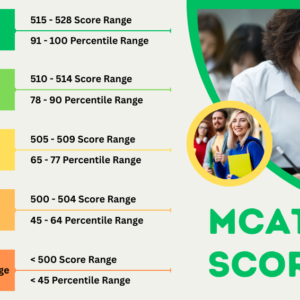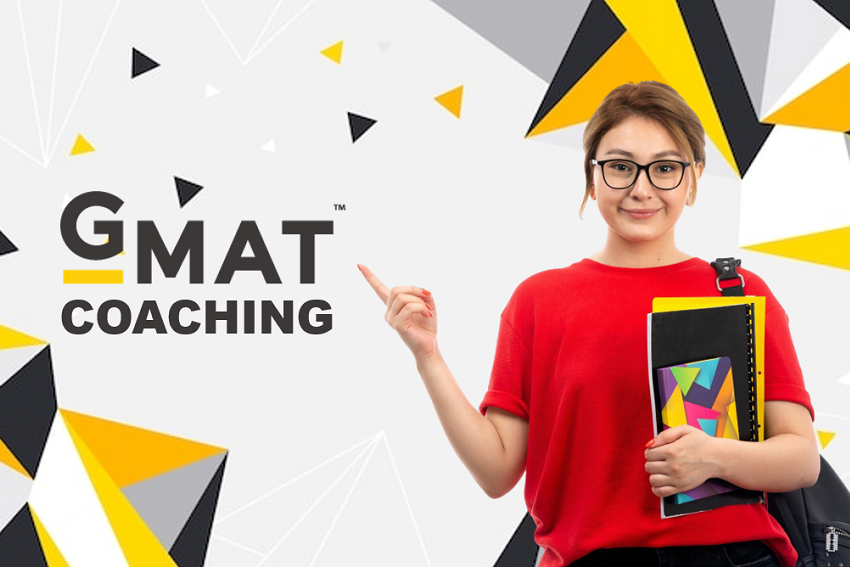Private math tutoring is a necessity especially to those who wish to improve their performance and grasp of the subject. Tutoring can be necessary for academic promotion, preparation of standardized tests or help needed to reduce math phobia. This is a positive sign that there are more customers searching for quality math tutors, so educators and tutor’s ought to wiz the best practices in the sector. This article is an overview of the various tips on math tutoring to be beneficial to both the tutor and the student.
It includes different levels of students whereby some of them are struggling with basic numeracy while others are preparing for their SAT, ACT or Math Olympiads. Several factors can be seen to make it effective. It is essential to identify that effective tutoring is not just a process of teaching new knowledge, but also of making students comfortable and enthusiastic about their learning process.
This article will provide an insight into the best practices of math tutoring to make it easy for one to attain academic goals in addition to advocating for fun in mathematics.
The Importance of Effective Tutoring
Tutoring in mathematics is important to students so that they can easily understand various concepts and solve relativity problems. It offers one-on-one tutorials based on learning abilities and speed. Thus, it should be enlisted as a handy resource when it comes to tackling academic issues. In addition, mathematics assistance will enhance the strong base of students’ mathematics, which is beneficial when it comes to STEM correlates.
Dos of Math Tutoring
1. Assess Student Needs
Do begin with the diagnostic of the current level of knowledge and peculiarities of the student’s weak spots. This includes checking on the homework, tests and any notes taken during the class that may be useful to the student. Analyzing the pluses and minuses of their performance one can orient the tutoring session according to the requirements of her or his client.
2. Establish Clear Goals
Do establish specific objectives for every tutorial session and overall, for the period of tutoring. SMART is an important aspect of goals because they should be specific, measurable, achievable, relevant, and have a specified timeline. This makes the lesson concentrate on both the tutor and the student and helps them to be on the same understanding.
3. Create a Positive Learning Environment
Do support and encourage learners in the task they are asked to accomplish. Math can be tricky and it is important to create a proper environment that will encourage the students to ask questions and even make mistakes. Reinforcement plays a key role in increasing confidence levels and belief in one’s capability as well as in developing a positive attitude toward learning.
4. Use Varied Teaching Methods
Do ensure that you use different teaching strategies to incorporate the learners’ preferred modality of learning. Such approaches may entail the use of illustrations, demonstrations, contextual examples, use of objects, and technology resources. It keeps the sessions quite interesting and effective since the concepts taught are repeated in slightly different methods.
5. Encourage Active Participation
Do ensure that students contribute to the learning process as much as possible. They should ask questions that expect a full answer, let them work things out on their own and engage them in a conversation. Students’ interaction is instrumental in knowledge acquisition, especially in terms of strengthening knowledge of mathematical knowledge.
6. Provide Real-World Applications
Does math relate to everything in daily life in a proper way? This makes work easier for a learner to grasp what student is being taught and this makes ideas a lot more real as well.
7. Give Constructive Feedback
Do offer specific and objective commentary on the paper utilizing both positive and negative feedback. Provide guidance to the patient on how she could proceed and how to acknowledge progress any time, however minimal.
8. Be Patient and Adaptable
Do also consider the fact that learning disability requires flexibility and patience in teaching strategies that will be used to handle the children. There needs to be an approach that best suits a particular student because every child has a different way in which they can learn as well as gain confidence in what they are learning.
9. Monitor Progress Regularly
We should give time and manage to periodically assess and evaluate the student’s progress promptly. This helps in adapting the goals and the strategies adapted during the process so that the student can stay on the right track in achieving the goals.
10. Encourage Self-Study
Do work on the improvement of independent learning culture among students. C. And (X: Provide such individuals with materials and teach them on how to go about it on their own. Multiple types of assessment motivate the student to learn more and enhance their problem-solving functionalities.
Don’ts of Math Tutoring
1. Don’t Rush Through Lessons
Don’t rush through lessons. Math is taught by reasoning and as such any hasty affair is most likely to leave the learner more confused than any other thing. It is therefore important to make sure that all the concepts are understood well before passing to the next level.
2. Don’t Use Jargon
Avoid using technical terms, although not when a complex term that is indispensable to the clarity of the document would be necessary to include. Teach the lessons in simple language and in a way the student will be able to grasp easily. Do not try to scare them with difficult terms and jargon yet you know what they are capable of doing?.
3. Don’t Ignore Misconceptions
It is an observation to argue that students bring with them predefined ideas or misconceptions regarding mathematics. Such as, you should dispel these myths as soon as possible for them not to interfere with the learning processes later.
4. Don’t Focus Solely on Memorization
It is a worthy process to memorize some stuff, but a much more valuable thing is to memorize basic principles and apply them in calculations. Encourage comprehension over rote learning.
5. Don’t Disregard Student Emotions
Do not underestimate the learning strategy component that is focused on the emotional aspect. The mentality that people have towards math is quite complex and it is the teachers’ responsibility to handle their concerns. To gather the people’s confidence, the leadership should demonstrate a form of understanding and encourage them.
6. Don’t Be Too Directive
Do not suppress instruction giving. Tap into the students so that they can seek for these solutions on their own. This opens a child’s mind and his/her ability to think independently and solve problems on his/her own.
7. Don’t Overwhelm with Information
Do not expose the students to too much content at a given time. In the process of studying, there are always subdivide issues being dealt with so that every segment is understood before moving onto the next section.
8. Don’t Neglect Review Sessions
Make it a point that review sessions are not left out either. Game creators also have taken it into account that it is always useful to revisit previously learned knowledge and make it permanent.
9. Don’t Ignore Practice
As much as theorists say that you can never learn football through drills, make sure you practice. Maintaining such habits is essential if one is to develop the skills to perform the techniques involved in mathematics and be adept in them. One should practice daily and the materials need to cover a wide range of problems and types.
Conclusion
Math tutoring is one of the most effective forms of teaching that will always be in demand, however, this is not an easy way to teach. Therefore, when implementing the ideas of this article, tutors can give the children sensible instruction that will improve their mathematics.
Remember, the purpose of math tutoring is not to get the highest percentage possible on the exam but to develop pupils’ passion toward mathematics. This is why the occupation of a tutor is challenging; it demands positivity, motivation, and direction, in the right ways, to instill in a student the confidence, curiosity and love for knowledge.
Being the case, it would be advantageous if effective tutoring practice were adopted by new and old tutors with the aim of enriching the session being conducted hence helping the student achieve his/her objectives.






